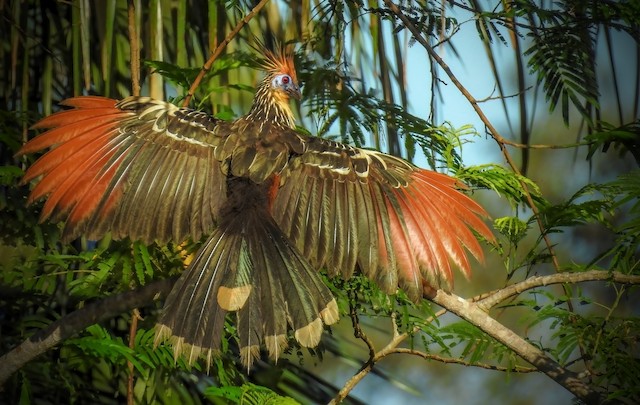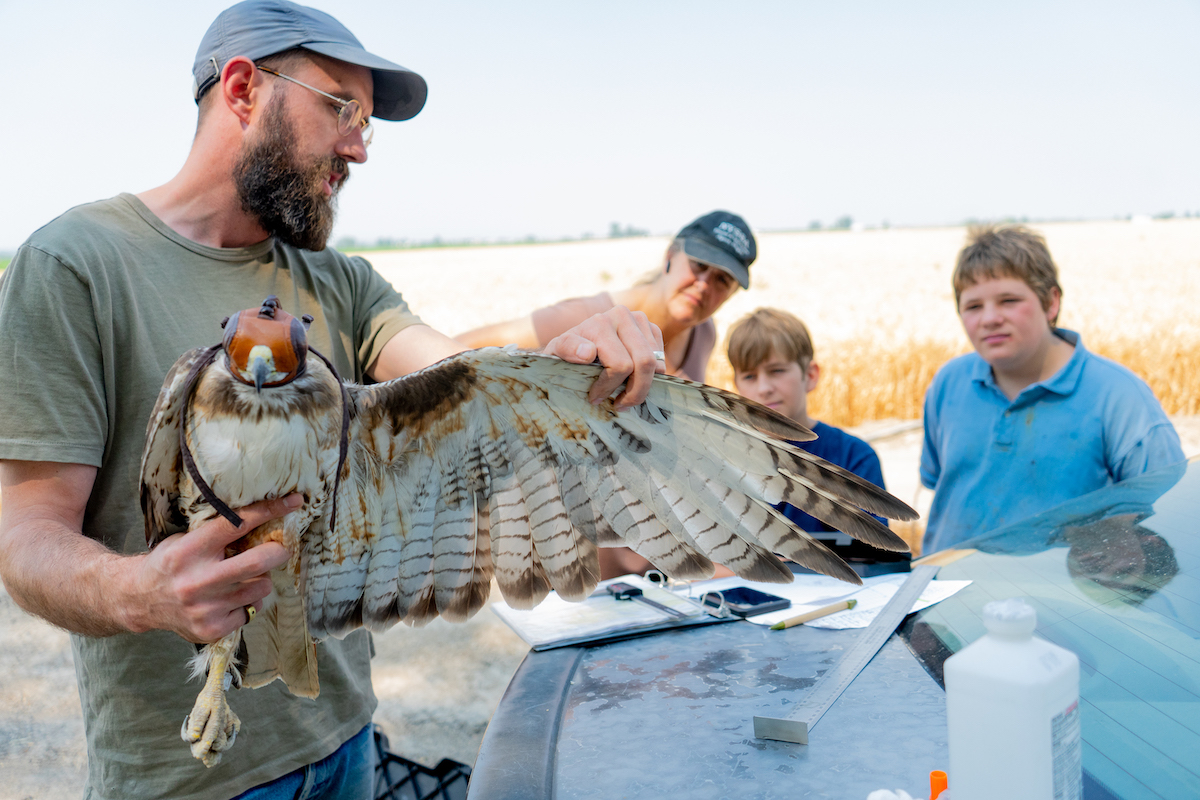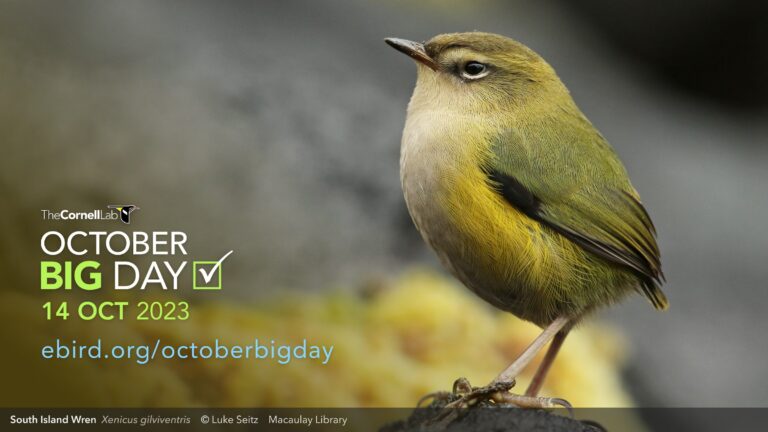About

Located in the isolated Sierra Nevada de Santa Marta mountains of northern Colombia, little has been known about the species as it was lost to science for 64 years before being photographed once in 2010, only to become lost again before its rediscovery in 2022 by Yurgen Vega, one of the authors of the new study.

Join us for the next Birds of the World ‘Discovery Series’ webinar Avian phylogeny: a complete and dynamic tree of birds Date: Thursday, 18 April 2024 Time: 12:00 PM EST (timezone converter) Length: 1 hour Registration: Required for real-time attendance or to receive video at a later time. Our understanding of avian evolutionary relationships constantly […]

Over the past 4 yrs, The Red-tailed Hawk Project has captured and sampled more than 400 hawks from 7 of the 16 described subspecies and deployed over 100 tracking units. In this webinar, Bryce Robinson, PhD Candidate at the Cornell Lab of Ornithology, will share what the project has learned from these efforts, and what they hope to learn moving forward.

In this webinar, FERNANDO MEDRANO, the assistant director of the Chilean NGO called Red de Observadores de Aves y Vida Silvestre de Chile, presented an in-depth overview on what is known and yet unknown about the storm-petrels of the world.

A medida que Birds of the World se acerca al cierre de nuestro cuarto año (!), tenemos muchas buenas noticias que informar sobre cómo la plataforma se ha expandido y adaptado a nuevas oportunidades. ¡A continuación presentamos más detalles!

As Birds of the World inches towards the close of our fourth year (!), we have much good news to report about how the project has developed, expanded, and adapted to new opportunities. Please read on for details!

Three avian taxonomy experts from eBird and Birds of the World convened for a discussion of the recent updates to the eBird/Clements checklist. The team provided an in-depth overview of the 2023 taxonomy updates and recent efforts to standardize bird taxonomy across all major global checklists.

The 2023 annual eBird taxonomy update includes 3 newly-described species, 124 species gained because of splits, and 16 species lost through lumps, resulting in a net gain of 111 species and a new total of 11,017 species worldwide. Please visit eBird for a complete summary of the year’s updates.

Mark your calendars for October Big Day—14 October 2023! Big Days are a 24-hour opportunity to celebrate birds near and far.

Our 2023-2024 webinar season is stacking up nicely. You can look forward to several fascinating discussions on topics related to taxonomy, phylogeny, storm-petrels, Red-tailed Hawks, and Australia's Black Falcons.

















